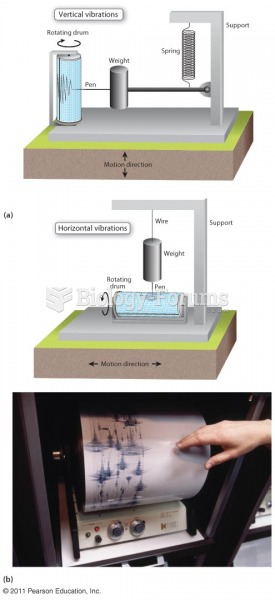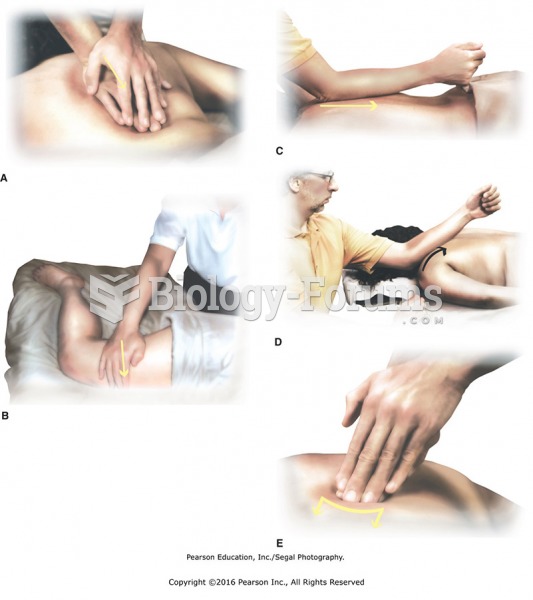|
|
|
Did you know?
People about to have surgery must tell their health care providers about all supplements they take.
Did you know?
Street names for barbiturates include reds, red devils, yellow jackets, blue heavens, Christmas trees, and rainbows. They are commonly referred to as downers.
Did you know?
There are approximately 3 million unintended pregnancies in the United States each year.
Did you know?
Acute bronchitis is an inflammation of the breathing tubes (bronchi), which causes increased mucus production and other changes. It is usually caused by bacteria or viruses, can be serious in people who have pulmonary or cardiac diseases, and can lead to pneumonia.
Did you know?
Green tea is able to stop the scent of garlic or onion from causing bad breath.






